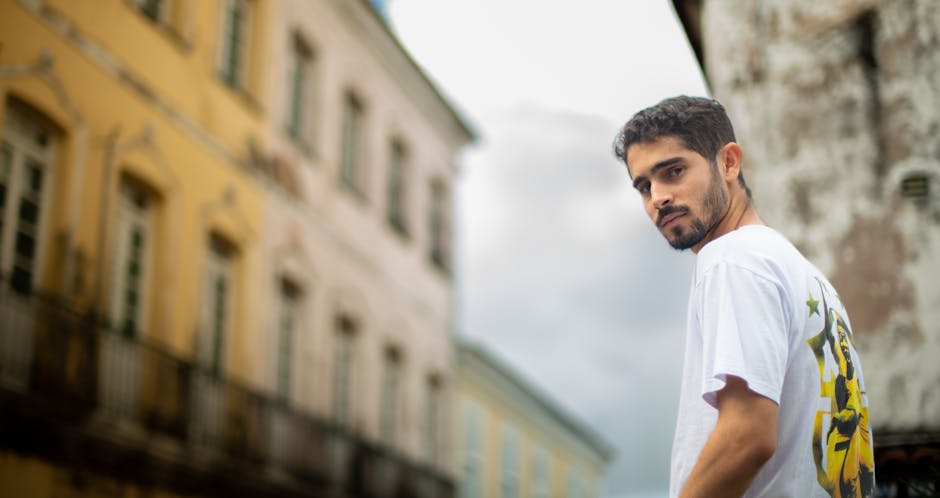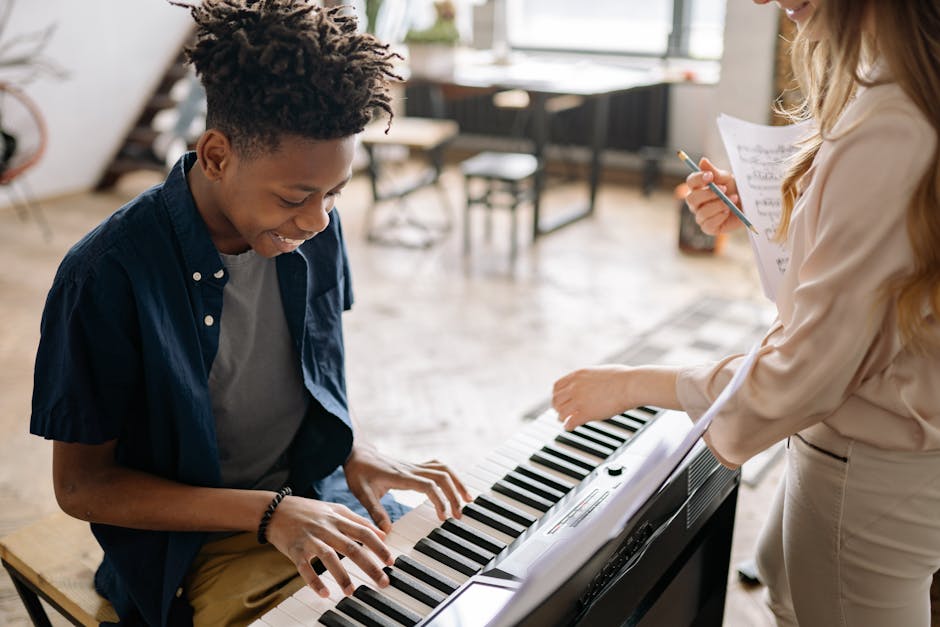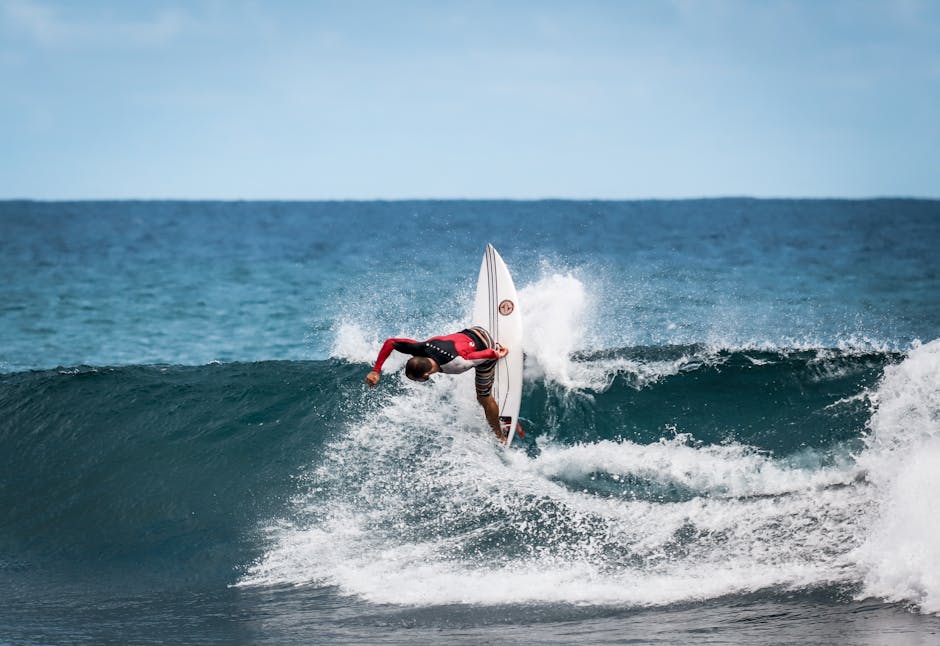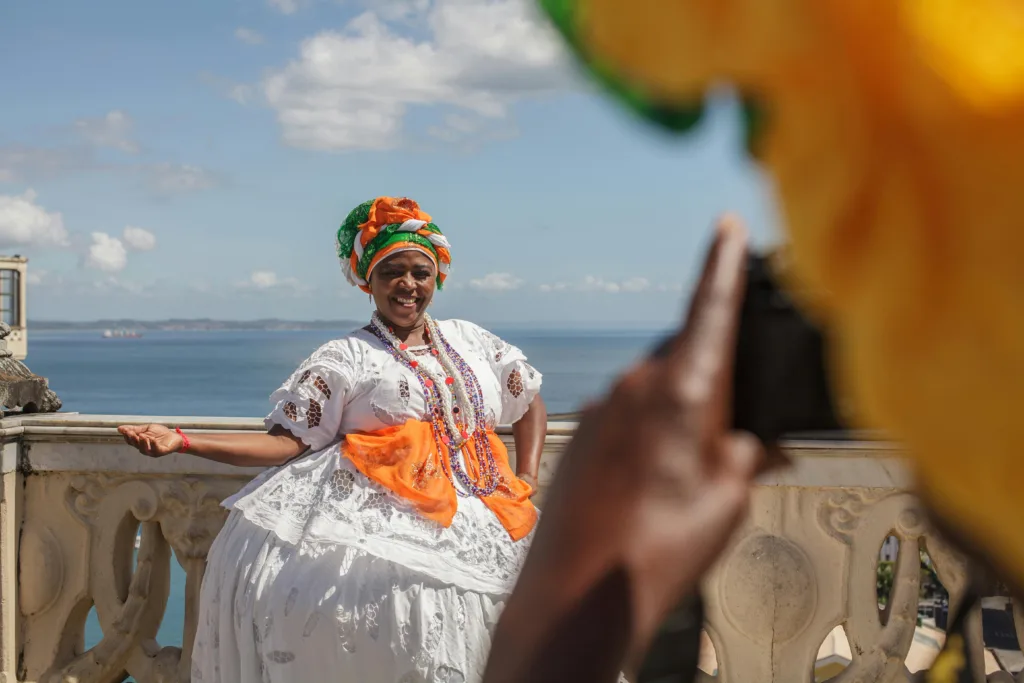- So, You Want to Speak Portuguese? Forget the Apps, Head to Brazil!
- Why Brazil is the Ultimate Portuguese Classroom
- Choosing Your Perfect Program: What to Look For
- Finding Your Vibe: Top Cities for Language Learners
- Salvador, Bahia: The Soul of Brazil
- Rio de Janeiro, Rio de Janeiro: The Cidade Maravilhosa
- Florianópolis, Santa Catarina: The Magic Island
- Belo Horizonte, Minas Gerais: The Authentic Hub
- Program Flavors: From Intensive to Volunteer
- Beyond the Classroom: Your Real-Life Homework
- The Homestay Advantage: Your Secret to Fluency
- Getting Started: Visas, Costs, and What to Pack
So, You Want to Speak Portuguese? Forget the Apps, Head to Brazil!
Let’s be honest. You’ve probably spent hours on language apps, memorizing phrases like “Onde fica o banheiro?” and “Uma cerveja, por favor.” They’re useful, for sure. But do they capture the musical lilt of a carioca accent, the friendly chaos of a São Paulo market, or the feeling of finally understanding a joke told by your host family over a plate of feijoada? Not a chance.
Learning a language is about more than just vocabulary and grammar; it’s about connection. It’s about immersing yourself in the rhythm, culture, and soul of a place until the words start to flow naturally. And when it comes to learning Portuguese, there is simply no substitute for Brazil. An immersion program isn’t just a language course; it’s your all-access pass to a vibrant, complex, and unbelievably beautiful country. It’s about trading sterile classrooms for sun-drenched streets and textbooks for real, heartfelt conversations.
Why Brazil is the Ultimate Portuguese Classroom
You might be thinking, “Can’t I just learn Portuguese anywhere?” Well, yes, but you’d be missing out on the magic. Brazilian Portuguese is a world of its own, famous for its melodic, open vowels and friendly cadence. But the language is just the beginning. The real immersion happens when you’re surrounded by the very culture that gives the words meaning.
Brazilians are famously warm, patient, and eager to chat. Your daily interactions—ordering a pão de queijo at the padaria, asking for directions to the beach, or cheering for a local football team—become your most important lessons. You’ll learn the slang, the gestures, and the ‘jeitinho brasileiro’ (that famous Brazilian knack for finding a way) that no textbook can ever teach you. It’s this daily practice with native speakers, in real-world situations, that accelerates your learning from a slow crawl to a joyful sprint.

Choosing Your Perfect Program: What to Look For
With so many options out there, finding the right immersion program can feel overwhelming. But don’t worry! It all comes down to finding the right fit for your learning style and goals. Here are a few key things to consider when you’re doing your research:
- Class Size and Style: Are you looking for small, intimate classes with lots of personal attention, or are you comfortable in a larger group? Look for schools that emphasize a communicative approach, where speaking and listening are prioritized over rote memorization.
- Cultural Activities: A great program extends learning beyond the classroom walls. Do they offer things like samba lessons, capoeira classes, cooking workshops, or guided tours of historical sites? These activities are not just fun extras; they are essential for understanding the cultural context of the language.
- Homestay Options: This is, without a doubt, the single best way to fast-track your fluency. Living with a Brazilian family plunges you into the language 24/7. It’s challenging, rewarding, and the source of your most authentic experiences. We’ll dive deeper into this later!
- Location, Location, Location: The Brazil you experience in Salvador is vastly different from the one you’ll find in Florianópolis. Think about the kind of environment you thrive in. A bustling metropolis? A laid-back beach town? A historic colonial city? Your surroundings will be a huge part of your journey.
Finding Your Vibe: Top Cities for Language Learners
Brazil is a massive country, and each city has its own distinct personality, accent, and charm. Here are a few of the best hubs for Portuguese learners:
Salvador, Bahia: The Soul of Brazil
If you want to dive headfirst into the vibrant, beating heart of Afro-Brazilian culture, Salvador is your city. The capital of Bahia is a sensory explosion of colonial architecture, sizzling acarajé on street corners, and the constant, infectious rhythm of axé music. The Bahian accent is musical and a joy to learn. This is the place for you if you’re looking for a deep cultural and historical experience that’s as educational as it is exhilarating.
Rio de Janeiro, Rio de Janeiro: The Cidade Maravilhosa
It’s famous for a reason. Rio offers an intoxicating mix of world-class beaches, breathtaking landscapes, and a relentless energy. Learning Portuguese here means practicing your new skills while sipping a caipirinha in Lapa, hiking up to the Christ the Redeemer statue, or simply people-watching on Ipanema beach. It’s a big, bustling city that offers endless opportunities for adventure and conversation.
Florianópolis, Santa Catarina: The Magic Island
Known affectionately as ‘Floripa,’ this island in southern Brazil is a paradise for nature lovers. It boasts over 40 stunning beaches, excellent surfing, and a reputation for being one of the safest and most relaxed cities in the country. If your ideal learning environment involves a more laid-back, outdoor-focused lifestyle with a slightly more neutral accent, Floripa is a fantastic choice.

Belo Horizonte, Minas Gerais: The Authentic Hub
Want to get off the main tourist trail? Belo Horizonte (BH) is a large, vibrant city that many travelers overlook. It’s famous for its incredible food scene (this is the birthplace of pão de queijo!), its legendary botecos (neighborhood bars), and the genuinely friendly ‘Mineiro’ locals. Learning Portuguese in BH offers a glimpse into a more ‘everyday’ Brazil, away from the major tourist centers.
Program Flavors: From Intensive to Volunteer
Not all immersion programs are created equal. They come in different shapes and sizes, designed to fit various needs and schedules.
- Intensive Group Courses: This is the most common model, typically involving 3-4 hours of classroom instruction every morning, Monday to Friday. It provides a solid structure and leaves your afternoons free for exploring and practicing.
- One-on-One Tutoring: If you have specific goals (like business Portuguese) or want to learn at your own pace, private lessons are a great investment. They are completely tailored to you.
- Language + Activity: Many schools offer combination programs. Imagine morning Portuguese classes followed by afternoon surf lessons in Floripa or samba classes in Rio. It’s the perfect way to combine a passion with language learning.
- Volunteer Programs: For a truly deep immersion, consider a program that combines language classes with volunteering at a local NGO, a school, or an environmental project. You’ll build powerful connections and use your Portuguese in a deeply meaningful way.
Beyond the Classroom: Your Real-Life Homework
The bell doesn’t signal the end of learning. The hours outside the classroom are where the real magic happens. To truly immerse yourself, you have to live the language.
Start small. Go to the local *feira* (street market) and practice the names of fruits and vegetables. Instead of pointing, use your words. Turn on the TV and watch a *novela* (soap opera)—they’re dramatic, fun, and use everyday conversational language. Listen to Brazilian music legends like Caetano Veloso or modern pop stars like Anitta. Let the language become the soundtrack to your life in Brazil. Make friends! Use language exchange apps or join a local club—a gym, a dance studio, a hiking group. Brazilians are social and will welcome your efforts to connect.
The Homestay Advantage: Your Secret to Fluency
If there’s one piece of advice to take away, it’s this: choose the homestay option. Living with a Brazilian family is like having a team of private tutors, cultural guides, and cheerleaders all in one. You’ll share meals, celebrate birthdays, and be welcomed into the fold of daily life. You’ll learn the kind of intimate, colloquial Portuguese you’d never find in a book—how to talk about your day, how to tell a story, how to be part of a family. It can be intimidating at first, but the linguistic and personal rewards are immeasurable. You don’t just rent a room; you gain a second family.

Getting Started: Visas, Costs, and What to Pack
Okay, let’s talk logistics. First, the visa. For many nationalities, a standard tourist visa is sufficient for short-term language courses (typically up to 90 days, often renewable). However, for longer programs, you may need a student visa. **Always check the latest requirements with the Brazilian consulate or embassy in your home country**, as rules can change.
Costs can vary wildly depending on the city and your lifestyle. São Paulo and Rio are generally more expensive than cities like Salvador or Belo Horizonte. Your program fees will be the biggest chunk, followed by accommodation (homestays are often very cost-effective), food, and leisure. Create a budget, but leave some wiggle room for spontaneous weekend trips and that extra slice of bolo de rolo you can’t resist.
As for packing? Pack light on clothes (you can buy them there!) and heavy on the essentials: good walking shoes, sunscreen, mosquito repellent, any personal medications, and most importantly, a curious and open mind. Be ready to embrace the unexpected, laugh at your mistakes, and say ‘sim’ to new adventures. Your journey to Portuguese fluency is about to begin, and it will be one of the most incredible chapters of your life.





